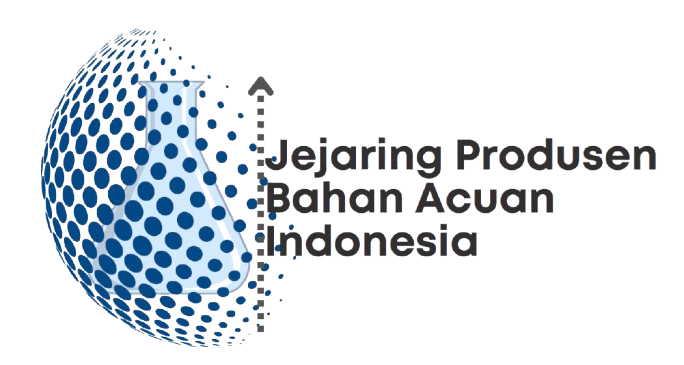In the vibrant landscape of fashion accessories, few items carry the cultural charm and artistic depth as well as fancy clutches Pakistan. These small yet impactful pieces have become more than just fashion statements—they are emblems of heritage, storytelling, and traditional craftsmanship. For those exploring authentic fashion rooted in history yet suited to modern trends, fancy clutches crafted in Pakistan serve as a perfect blend of old-world artistry and contemporary elegance.
But how exactly are these clutches reflecting local artisan craftsmanship? The answer lies in the careful stitching, hand embroidery, and intricate details that speak volumes about the generations of skill passed down in Pakistani artisan communities. And as clutches for girls grow in popularity, especially for weddings, formal events, and festive occasions, the demand for quality, authenticity, and hand-crafted uniqueness is more prominent than ever.
The Cultural Backbone of Fancy Clutches Pakistan
To understand the artistic significance of fancy clutches Pakistan, we must first look at their roots. Pakistan has a long-standing tradition of textile and embroidery work, with regional styles like Phulkari from Punjab, mirror work from Sindh, and Rabari-inspired patterns from Balochistan influencing modern clutch designs. Many of these designs are incorporated into clutches, preserving a part of our cultural identity while making them wearable for today’s woman.
These clutches often feature techniques such as:
- Zardozi embroidery with metallic threads and beads,
- Gota work popular in Punjabi weddings,
- Mirror embellishments from Tharparkar,
- And stone, pearl, or sequin detailing that blends traditional craftsmanship with modern taste.
When you pick up a handmade clutch, you’re not just holding a fashion item—you’re holding a piece of Pakistan’s cultural legacy, carefully crafted by artisans who’ve inherited their skills through decades, often centuries, of tradition.
A Platform for Artisan Empowerment
In many regions of Pakistan, especially rural areas, the production of fancy clutches offers women and small-scale artisans a sustainable source of income. Organizations and small businesses collaborate with these artisans, enabling them to bring their skills into the modern fashion economy.
Each clutch becomes a canvas where creativity and culture intersect. These aren’t mass-produced accessories. Every piece carries unique variations, slight imperfections, and the soul of its maker. As the trend of clutches for girls increases in Pakistan’s urban centers, artisan communities are seeing a revival of interest in their heritage crafts.
Local markets in cities like Lahore, Karachi, and Islamabad are filled with stalls and shops offering handmade clutches with detailed craftsmanship. Some high-end boutiques also now collaborate with artisans to create limited-edition clutches that combine ethnic flair with modern minimalism, thus supporting both fashion innovation and artisan sustainability.
The Story in Every Stitch
One of the most captivating aspects of fancy clutches Pakistan is the storytelling involved in their creation. Unlike factory-made products that focus solely on trends, handmade clutches often reflect the artisan’s interpretation of beauty, nature, and culture. A clutch embroidered with peacocks, floral vines, or Mughal-inspired motifs is more than decorative—it’s expressive.
In a world dominated by fast fashion, these stories matter. They bring depth and character to a simple accessory, making it not only stylish but meaningful. Whether it’s for bridal wear, a festival, or even a classy dinner, clutches for girls that carry a touch of artisan charm offer individuality and warmth that machine-made accessories simply cannot.
Bridging Tradition and Trend
One might think that such traditional elements are difficult to pair with modern fashion, but this is where fancy clutches Pakistan truly shine. Their designs are increasingly becoming versatile. Artisans now work closely with designers to combine traditional techniques with modern aesthetics—think minimalist gold thread on velvet fabric, or geometric motifs with mirror work on pastel clutches.
This bridge between tradition and trend has widened the appeal of these accessories. Teenagers, young professionals, and brides alike are opting for clutches that are handmade yet trendy, cultural yet contemporary. Many girls now prefer to carry a handcrafted clutch to a wedding or Eid dinner rather than a store-bought handbag with no backstory.
A Rising Global Appeal
With the expansion of e-commerce, Pakistani clutches are no longer limited to local markets. Many online stores now offer worldwide shipping, bringing the artistry of Pakistani craftsmen to the global fashion audience. International buyers, especially those from South Asia, are drawn to these pieces for their unique blend of ethnicity and elegance.
Social media influencers and fashion bloggers are also contributing to this trend by showcasing how clutches for girls can be paired with both traditional and Western wear. Whether it’s with a lehenga, a shalwar kameez, or even a fusion outfit like a long kurta over jeans, these clutches make a bold yet graceful statement.
Final Thoughts
So, how are fancy clutches Pakistan reflecting local artisan craftsmanship? They’re doing it through every thread, every bead, and every stroke of hand embroidery. These clutches are more than just accessories—they’re symbols of heritage, bridges to cultural identity, and testimonies to the talent of Pakistani artisans.
As clutches for girls continue to gain popularity in both domestic and international markets, there’s a growing appreciation for authenticity and craft. Each purchase becomes more than a fashion choice—it becomes a way to preserve and promote traditional skills that deserve recognition in the modern world. So the next time you pick up a fancy clutch from Pakistan, remember: you’re not just accessorizing—you’re investing in a story woven by hands that carry generations of art.

